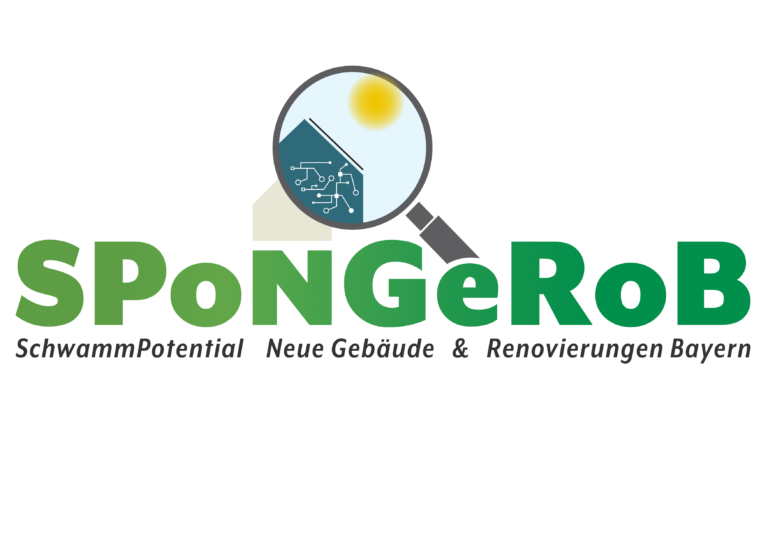
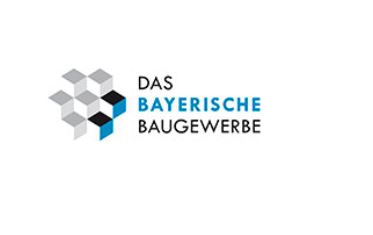
As part of a master's thesis on the topic of "green buildings", i.e. buildings that are planned, constructed, operated and demolished in a particularly sustainable way, it is becoming increasingly apparent that there are already a number of - sometimes highly technical - solutions for every problem. The real challenge is to make all the options visible to everyone and at the same time adapt them to the individual needs and conditions on site. The aim is to avoid confusion and resignation in the face of the wide range of measures available. People are good at comparing two things with each other. However, this ability is exhausted as the number of options increases. In the area of sustainable construction and renovation, too, the large number of measures quickly reaches such a limit, especially for individuals who have no training in this area but want to renovate or build. This is where the project comes in.
The aim of this methodological study is to draw up a specification sheet for the subsequent development of a web-based platform for assessing the potential of green building measures in the course of building refurbishment in Bavaria. This should be applicable for private households as well as for flats and commercial complexes.
Various key components play a decisive role in the conceptualisation phase of a project. The first step is to identify the target groups and stakeholders in order to understand the needs and expectations of all those involved. A comprehensive concept is created using the black box method to clearly define what goes into the project and what results are expected.
Analysing and evaluating thematic aspects makes it possible to identify relevant factors and understand their impact. Internally, the required expertise is assessed and the necessary resources and internal and external experts are identified. Trends in the construction industry are carefully analysed, with interviews with experts providing an insight into current developments.
The selection process for the first package of measures is based on clear parameters that are defined to ensure effectiveness. The technical aspects for the development are analysed and evaluated, creating a clear software architecture. The database is defined and the required interfaces are analysed in detail.
Identifying useful cadastres with APIs and analysing the availability and feasibility of open source solutions are central to the technological implementation. Evaluating the possible use of artificial intelligence broadens the project's perspectives. An in-depth analysis and evaluation of regulatory aspects ensures compliance with relevant laws and regulations. The identification of contact persons for end users ensures that the needs of the target group are directly taken into account. Finally, all previous results are brought together to create a comprehensive understanding of the project concept and lay the foundation for successful implementation.
Various technologies are required for the design and implementation of the project. This includes a clear software architecture and the definition of an efficient database. The analysis and evaluation of technical aspects require the use of interfaces, the identification of useful cadastres with APIs and the evaluation of the feasibility of open source solutions. The possibility of using artificial intelligence is also considered. A comprehensive analysis of regulatory aspects may require technologies for legal review. Overall, the technologies required are diverse and range from architecture tools and databases to interfaces and AI.
The research here is tough.

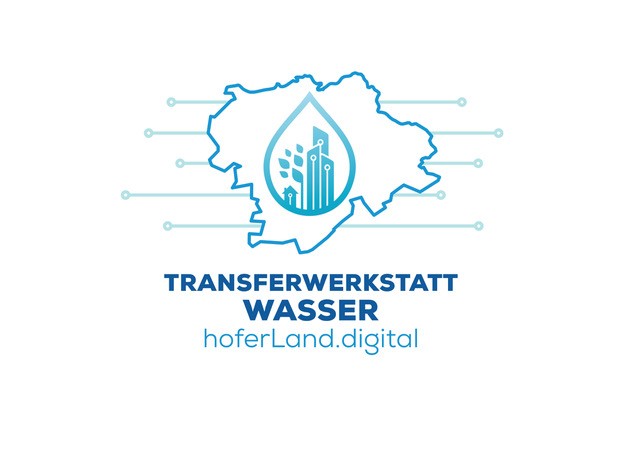
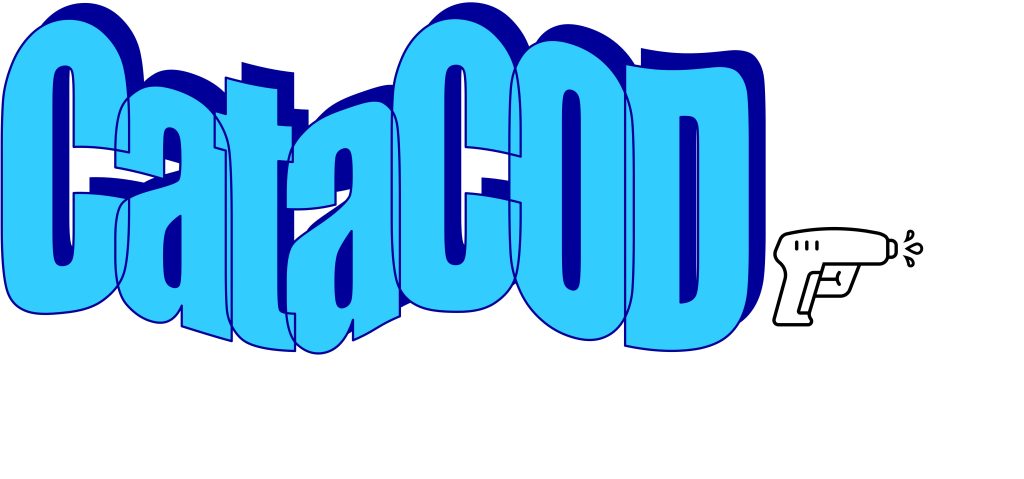





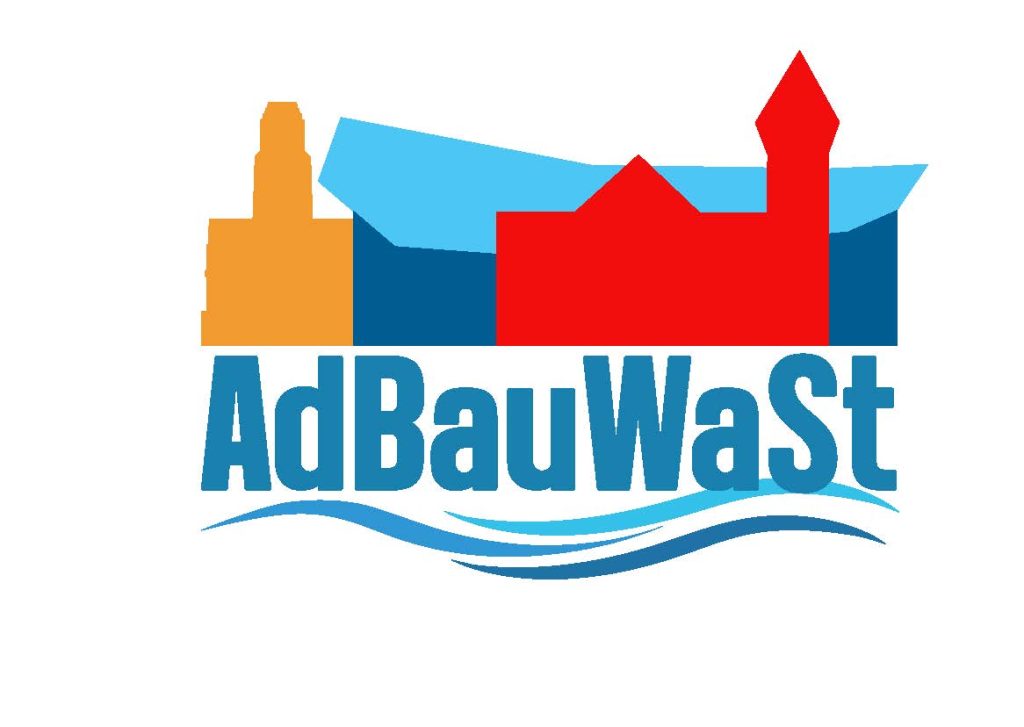
News about the inwa and its events.